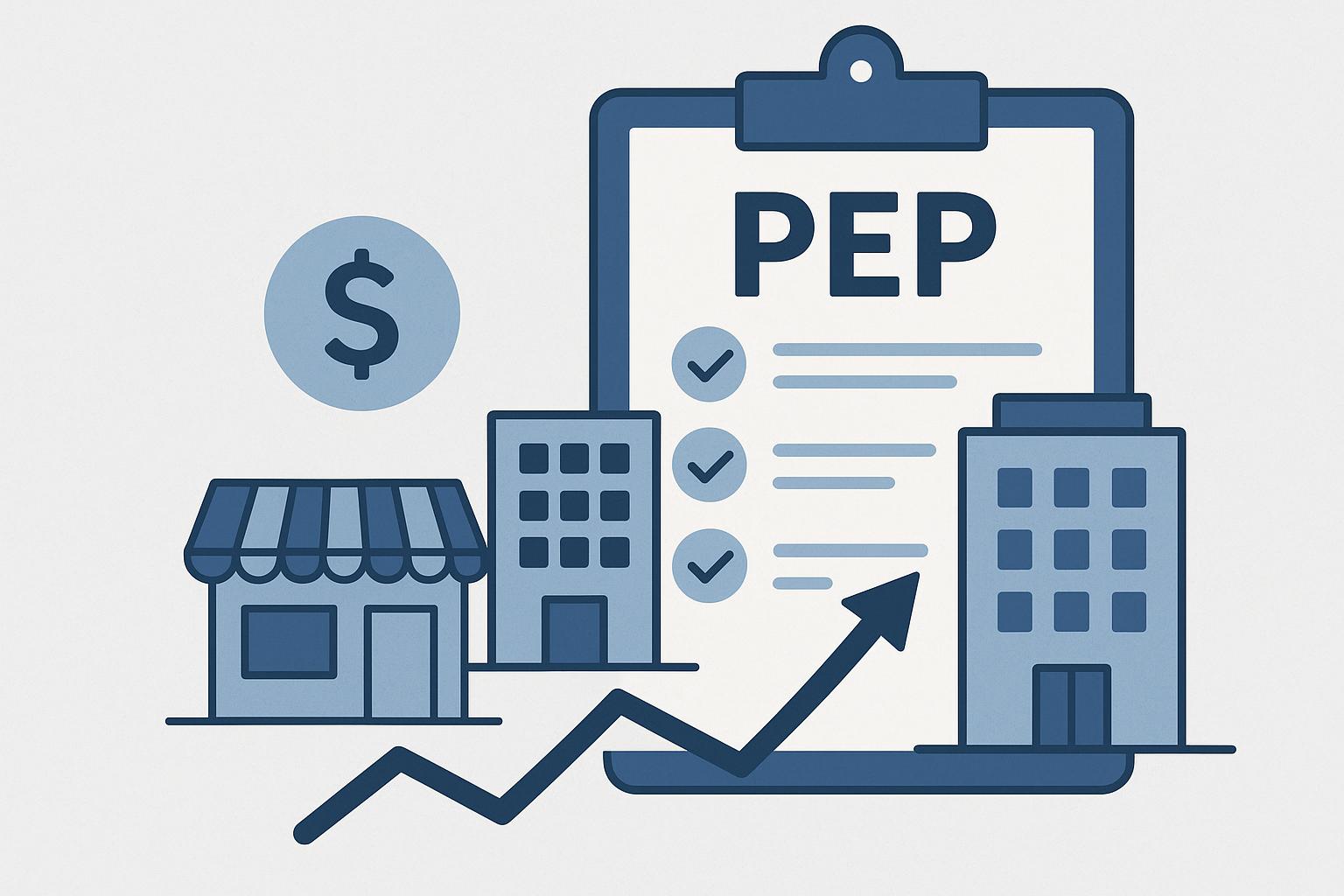Jerry Giovinazzo is an accomplished sales executive with more than 30 years of experience driving growth and building partnerships in the financial services industry. As regional vice president at John Hancock Retirement Plan Services in New York City, Jerry Giovinazzo has consistently ranked among the firm’s top performers, leading his territory to national recognition. His efforts have generated more than $75 million in new business and secured his place on the National Association of Plan Advisors’ Top 100 DC Wholesalers list for multiple consecutive years. Through his expertise in defined contribution plan strategies, Mr. Giovinazzo has worked closely with financial advisors and employers to expand retirement plan access. His knowledge of evolving industry tools such as Pooled Employer Plans (PEPs) helps small and mid-sized businesses adopt institutional-quality retirement solutions that reduce administrative burden and increase cost efficiency.
Pooled Employer Plans (PEPs) for Small and Mid-Sized Businesses
Created under the SECURE Act of 2019, Pooled Employer Plans (PEPs) took effect on January 1, 2021. They offer small and mid-sized employers a way of accessing institutional-grade 401(k) plans, without the significant time and expenses associated with administering them. In addition to reducing administrative burden and sponsorship costs, PEPs ease fiduciary liabilities associated with such plans.
The problem addressed through this approach is the so-called “US Retirement Readiness Gap.” Many American workers, particularly those at small companies, are not able to access workplace retirement savings plans. Through PEPs. unrelated employers join a single umbrella plan which (in theory) brings them the same economies of scale and savings as larger companies.
One major roadblock at the program’s inception centered on participants’ expectation that an annual independent audit would not apply to PEPs. Employee Retirement Income Security Act of 1974 (ERISA) regulations stipulate that retirement plans serving 100 participants or more must undergo audit under Form 5500 of the plan. Participating companies believed that ERISA would raise the threshold to 1,000 participants for PEPs. This turned out not to be the case, with any PEPs with 100 participants (collectively across adopting employers) subject to full plan audits. This is the same as single-employer plans and any other kind of multiple-employer plan (MEP). With this unexpected burden, many PEP providers had to quickly assess whether their economic models made sense and actually delivered savings to participants.
With 2022’s SECURE 2.0, small businesses could now access new tax credits for PEP participation, with startup costs often completely deductible. It also reduced employer liability, as PEPs could now appoint third-party contribution collectors. On the downside, this new version added complexities regarding payroll management across unrelated employers.
Response to PEPs has been positive, with participation growing rapidly and reaching 618,000 participants across 190 PEPs in 2022. From 2022 to 2023, managed assets rose from $5 billion to $9.41 billion, with participants hitting the 1 million mark across 39,000 employers. Still, in relative terms, PEPs have reached only a fraction of their potential. They make up less than 0.09 percent of the total defined contribution plan market, which totals $10.6 trillion in assets.
As detailed in an American Retirement Association article, the PEP market has potential for substantial growth. Unfortunately, there are a number of barriers to access, including business owners lacking a true understanding of the administrative burden they still must bear, even with pooled plans. Some adopters are less responsive than others, and some completely nonresponsive, which lengthens and delays plan reporting and compliance cycles. Frequent data inconsistencies, with limited time for auditors to reconcile datasets, adds to plan costs. In addition, it’s challenging to manually track when employees transfer between employers that are using the same PEP.
Another issue small businesses face is increased oversight and scrutiny of operations as a result of participating in PEPs. Their audits go beyond single-employer 401(k) audits in requiring plan-level reporting that includes fee disclosures and consolidated financial statements, and has asset accuracy requirements. Employer payroll data must also closely match participant contributions. PEP auditors do not simply look at numbers, but assess governance structures, fiduciary partner documentation, and internal controls.
Data security is also an issue, as plan service providers must ensure that participants from unrelated companies have access to relevant pooled data, without compromising sensitive corporate information and employee records. Given these and other factors, the jury is out on whether PEPs will end up being a niche product or a truly paradigm-altering innovation that broadens retirement planning access.
About Jerry Giovinazzo
Jerry Giovinazzo is the regional vice president of sales for John Hancock Retirement Plan Services in New York City. With more than three decades of experience in financial sales, he has driven consistent growth through strategic partnerships and client-focused service. Mr. Giovinazzo has been recognized multiple times on NAPA’s Top 100 DC Wholesalers list and has helped expand his territory’s market presence across New York State. His background includes leadership roles in advertising, benefits consulting, and retirement plan solutions, reflecting a career-long commitment to helping businesses strengthen employee financial wellness.


